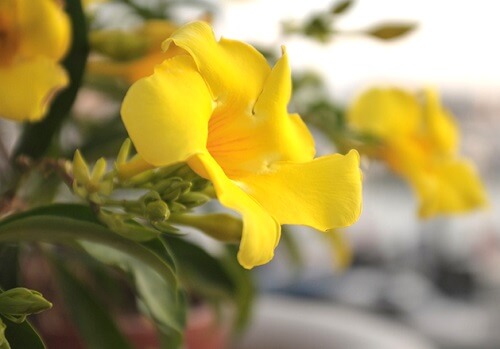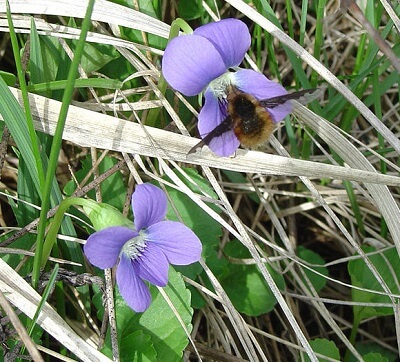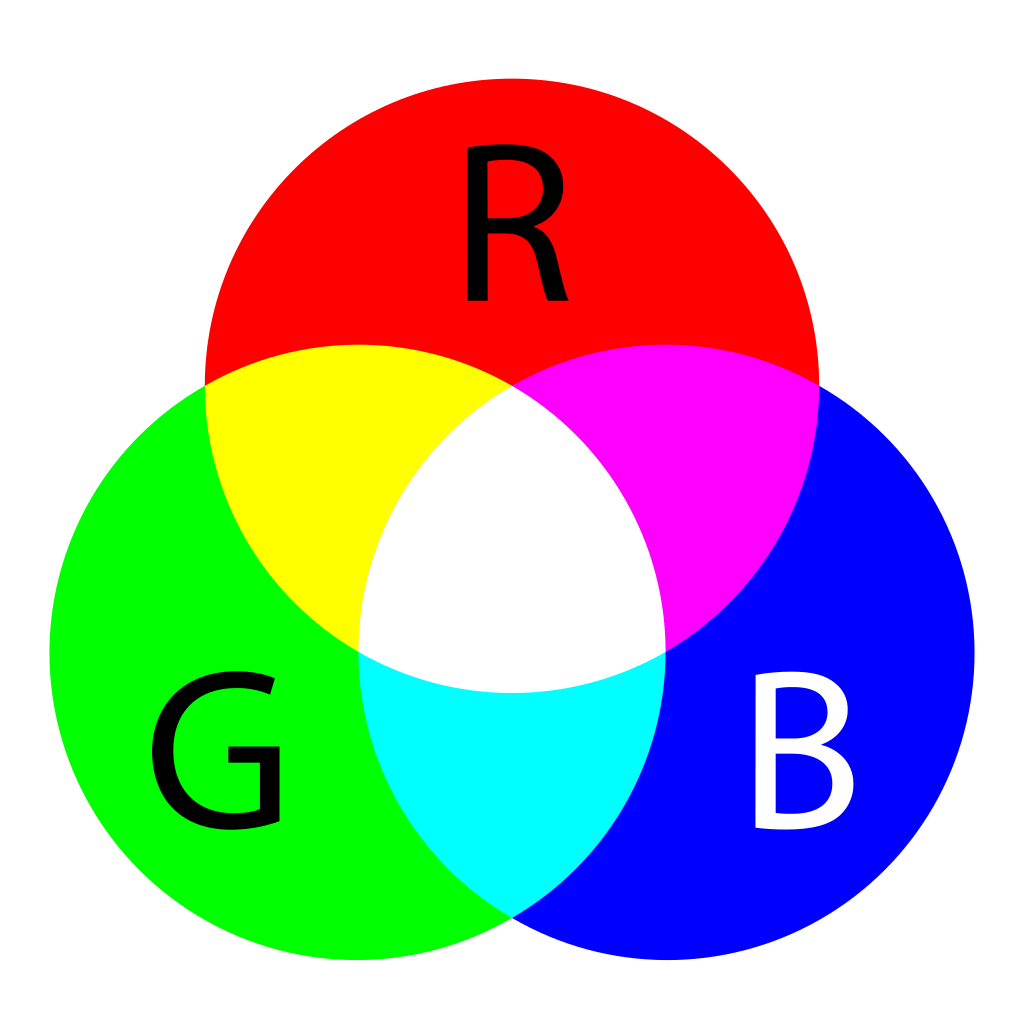 Plant Nature Study I
Plant Nature Study I
Plant Nature Study I
Plant Nature Study I




 Plant Nature Study I
Plant Nature Study I
Plant Nature Study I
Plant Nature Study I

Study the lesson for one week.
Over the week:
Flowers and Color:

Why are flowers different colors?
Activity 1: Narrate the Story
Activity 2: Can You Find It?
Find the following on the additive color diagram above:
Activity 3: Take a Nature Walk, Visit a Flower Shop, or Research Online - Find Two Flowers of Different Colors
Activity 4: Complete a Field Book Entry

After your nature walk, complete page 13 in 'Science Field Book for Third Grade.'